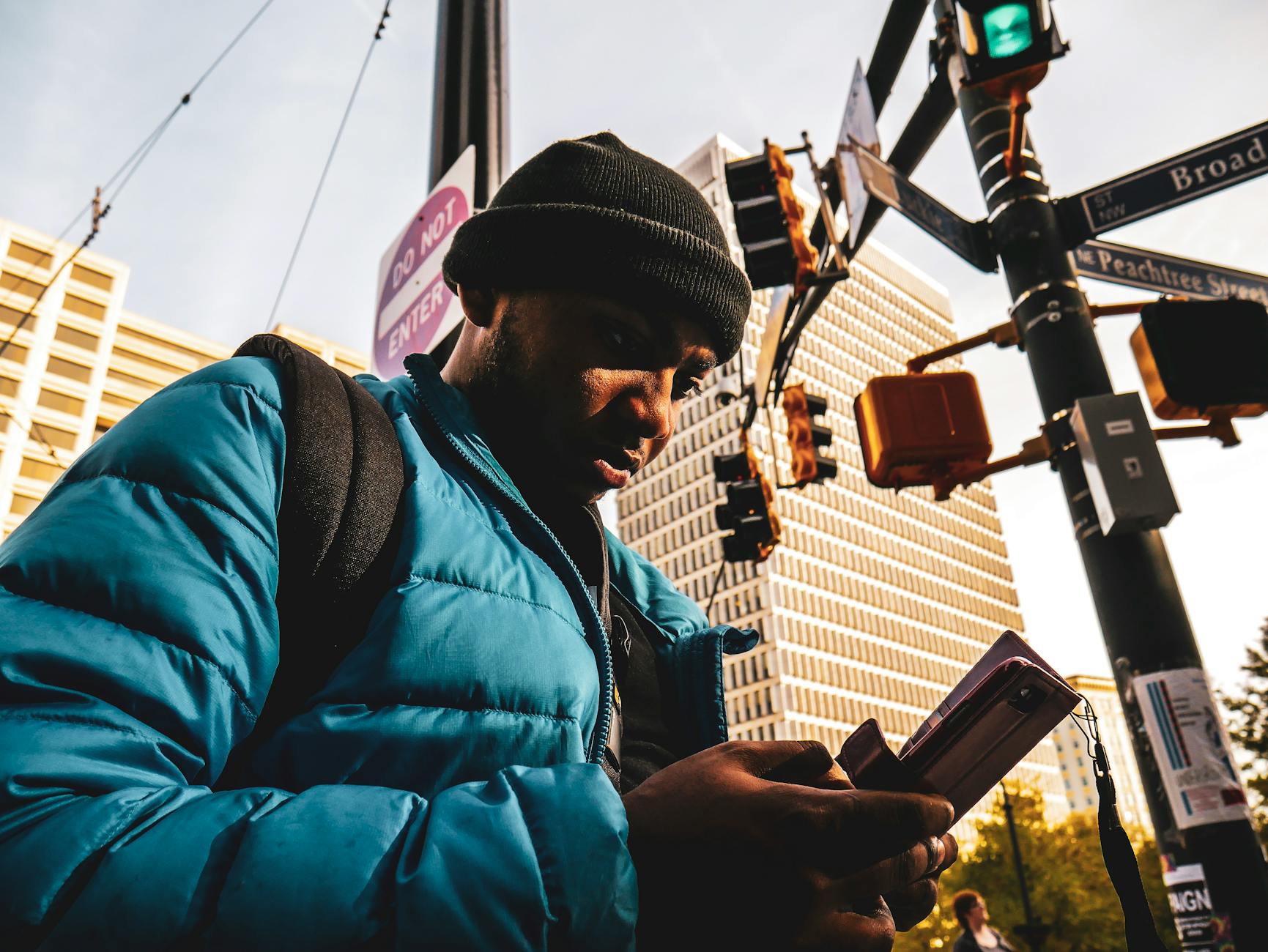The Intersection of Art and Technology: Exploring Digital Sculpture

Exploring the Realm of Digital Sculpture
Art has always been a reflection of the human experience, a way to express emotions, ideas, and stories. With the advent of technology, artists have found new avenues to explore their creativity, pushing the boundaries of traditional art forms.

Unlike traditional sculpture, which involves physically molding materials like clay or stone, digital sculpture is created using software and computer-generated images. Artists use 3D modeling tools to sculpt intricate forms, manipulate textures, and play with light and shadow to bring their ideas to life in a virtual space.
One of the key advantages of digital sculpture is the level of precision and detail that can be achieved. Artists can zoom in, rotate, and manipulate their creations with ease, allowing for a level of control that is nearly impossible with traditional sculpting techniques. This level of control opens up a world of possibilities, enabling artists to create intricate designs that push the boundaries of what is structurally possible.
Another aspect that sets digital sculpture apart is the versatility it offers. Unlike traditional sculpture, where the final piece is often static, digital sculpture can be animated, allowing for dynamic and interactive artworks. Artists can create pieces that evolve over time, respond to viewer input, or even interact with the environment in which they are displayed.
With the rise of virtual reality and augmented reality technologies, the world of digital sculpture is expanding even further. Artists can now create immersive experiences that blur the line between the physical and digital realms, inviting viewers to step into their creations and explore them from every angle.
As technology continues to advance, the possibilities for digital sculpture are endless. With new tools, software, and techniques constantly being developed, artists are limited only by their imagination. The intersection of art and technology has opened up a new frontier of creativity, allowing artists to push the boundaries of what is possible and redefine what it means to create and experience art.
